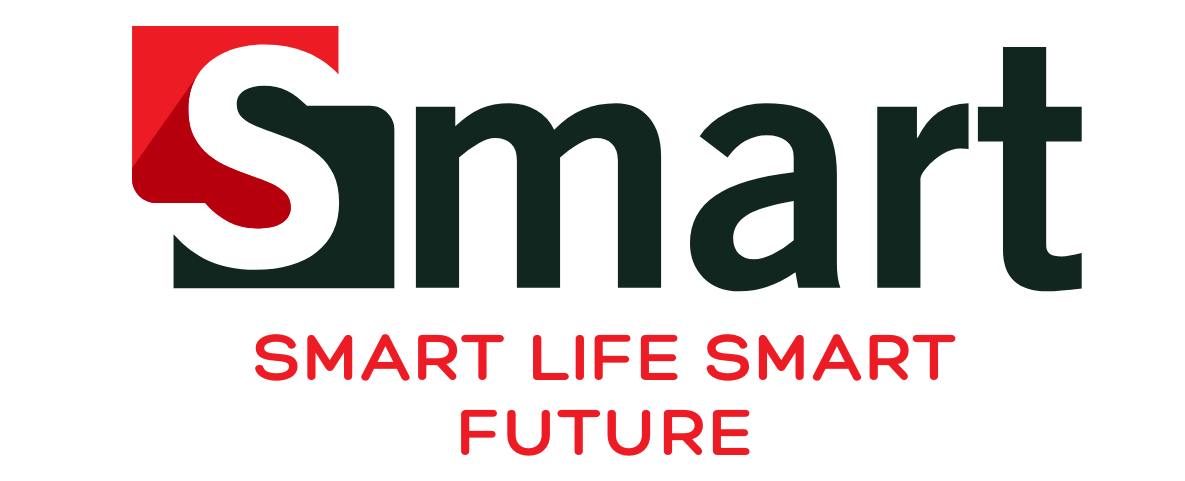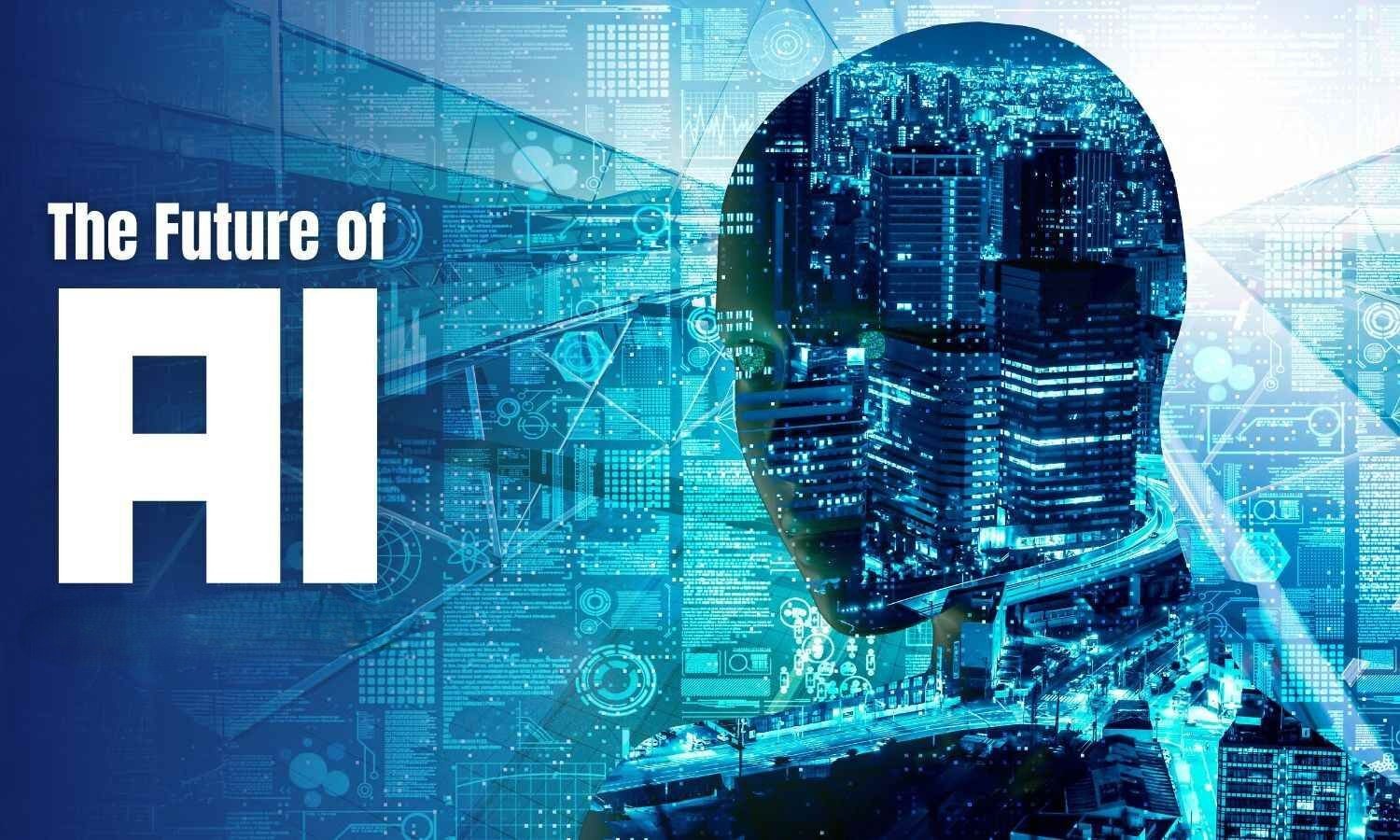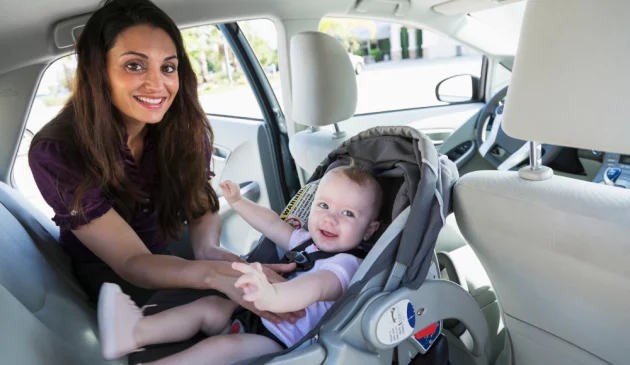
Just like the awakening of environmental consciousness has gripped modern life, intelligent smart home technology also leads to a transformational attitude of how we go through space. These innovative devices create sustainability while at the same time cultivating seamlessly smooth and efficient ecological behaviors. Whether you want to use less energy, create minimal waste, or improve your indoor air quality, here’s the list of the top green smart devices to outfit a 2025 home with.
1. Smart Thermostats
Examples: Nest Learning Thermostat, Ecobee Smart Thermostat Premium
These are the cornerstones of energy-efficient homes: smart thermostats. In learning your behavior and automatically adjusting heating and cooling systems, these devices further ensure energy consumption only when needed.
Benefits:
- By their very design, they adjust the temperature automatically to your daily routine.
- Integration with smartphones for remote control and monitoring.
- Can work with renewable energy sources, such as solar panels.
Smart thermostats maintain comfort while saving on utility bills all year long.
2. Smart Lighting Systems
Examples: Philips Hue, LIFX LED Smart Bulbs
Lighting is one of the most used sources of energy consumption in households. Smart lighting systems ensure that lights are turned on and utilized precisely when needed, reducing any potential waste by a huge margin.
Key Features:
- Adaptive brightness synchronizes with natural daylight.
- Scheduling features allow for automated on/off.
- App and voice control for easy customization.
One of the easiest and most functional ways to make your house greener is by implementing smart lighting.
3. Smart Irrigation Systems
Examples: Rachio Smart Sprinkler Controller, Orbit B-have
Those with gardens or lawns are at an advantage with smart irrigation systems that ensure water will be used efficiently. Taking the guesswork out, these systems significantly reduce the waste of water.
Advantages:
- This makes it possible to integrate real-life data concerning weather to avoid watering while raining.
- Scheduling is based on the type and specific needs of the plants and earth.
- Notifications regarding quantity/criteria, water usage, and any concerns in the system performance.
Smart irrigation promotes better greenery while preserving the resource more valuable than anything else that may or would ever exist: water.
Figure: Sensors for Smart Irrigation Application
4. Smart Energy Monitors
Examples: Sense Energy Monitor, Emporia Vue
Understanding your household’s energy usage is the first step toward a sustainable home. Smart energy monitors provide insights into your electricity consumption and actionable advice for improvement.
Key Benefits:
- Detailed breakdowns of energy use by appliance.
- Alerts for abnormal energy spikes, preventing waste.
- Compatibility with smart plugs and energy-efficient devices.
These monitors will, in turn, enable you to make conscious decisions to reduce energy waste and save money.
5. Solar-Powered Smart Devices
Examples: Ring Solar Security Cameras, Solar-Powered Outdoor Lights
Solar-powered smart devices are the epitome of eco-friendliness by harnessing renewable energy. These devices are ideal for reducing dependence on traditional electricity sources.
Notable Features:
- Environmentally sustainable and budget-friendly.
- Low maintenance, long-life batteries.
- Outdoor lighting, security systems, and remote areas are ideal applications.
Utilizing solar-powered technology encourages a cleaner, greener planet.
6. Smart Waste Management Solutions
Examples: Lomi Composter, Smart Trash Cans
This is because waste management is a big concern for ecology. Smart waste management devices simplify sorting, composting, and recycling to minimize environmental impact.
Why Choose Them:
- Automatically separate recyclable and compostable materials.
- Reduce landfill contributions by efficiently processing them.
- Compact designs for modern kitchens and spaces
These are the kinds of devices that make the habit of zero-waste so easy to adopt.
7. Smart Air Purifiers
Examples: Dyson Purifier Cool, Coway Airmega 400S
The purity of air is important both health- and environment-wise. Smart air cleaners clean indoor air with energy-friendly technology.
Key Features:
- Real-time air quality monitoring.
- Automatic settings to adjust the purification depending on the impurities’ level.
- Low power consumption to fit into your eco-friendly performance.
Know your indoor atmosphere is healthy, yet at the same time, eco-friendly.
8. Smart Home Hubs with Eco-Friendly Features
Examples: Amazon Echo (Alexa), Google Nest Hub
Smart home hubs are the brains of all your connected devices. They make living sustainably that much easier by putting everything in one place and offering real, actionable insights.
Key Features:
- Voice control for hands-free management of eco-friendly devices.
- Integration with solar panels, thermostats, and energy monitors.
- Data insights into your energy use to identify areas for potential improvement.
These hubs make every step towards a smarter and greener home simpler.

But it’s more than that in 2025 adding smart devices to your home is about making conscious, sustainable choices that positively impact both you and the planet. This technology is designed to help build homes as green as they are functional-from reducing energy and water waste to improving air quality.
Is your home ready to go green? Let me take you on a tour to explore which devices would best fit your needs!








